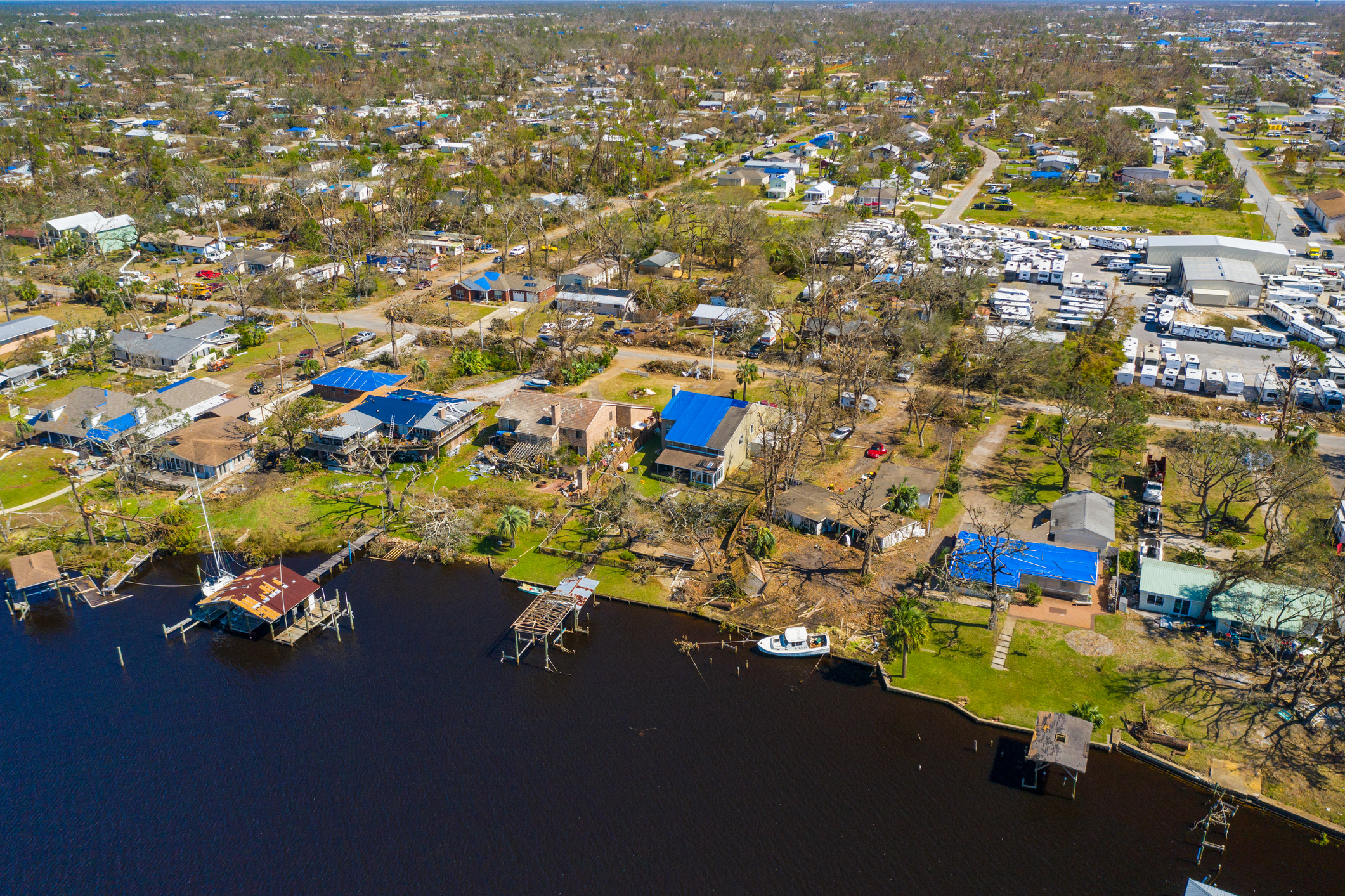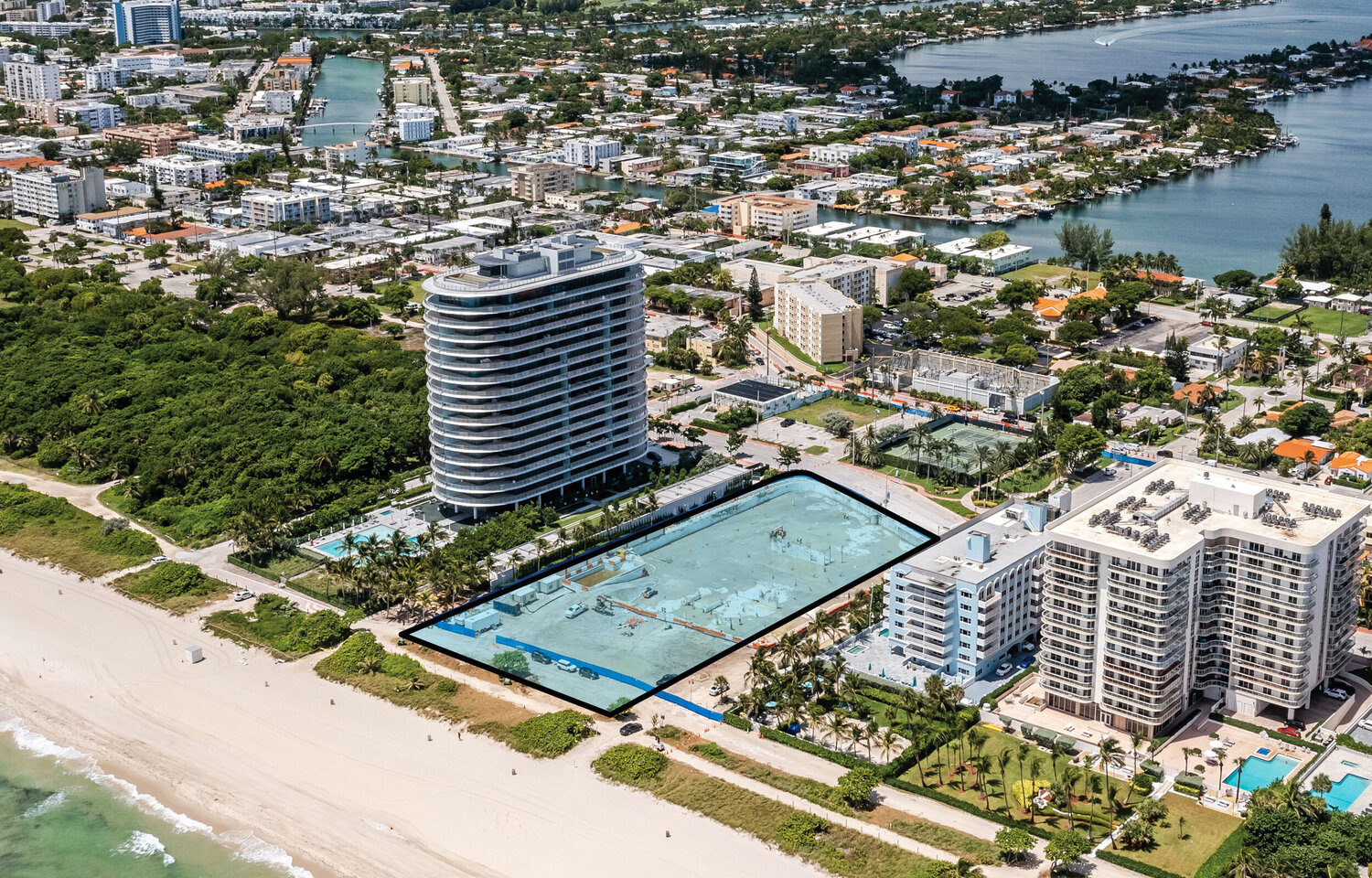When Can You Claim $10K for Home Upgrades?

MIAMI – Homeowners planning to apply for up to $10,000 in state funding for hurricane-resistant home improvements will likely have to wait until the current hurricane season ends.
That’s the bad news. The good news is that impact-resistant windows and new roofs will be eligible for funding for applications approved before the program’s $115 million budget runs out.
The My Safe Florida Home program, revived by the state Legislature and Gov. Ron DeSantis in May, will help fund an array of upgrades by reimbursing homeowners $2 for every $1 they spend, up to $5,000. In other words, the program promises to pay $10,000 toward improvements costing $15,000 or more.
But first, it looks like potential applicants will have to weather whatever comes our way during the most active months of the hurricane season – mid-August through late October. No launch date has been set yet for homeowners to submit applications to the Florida Department of Financial Services, which will administer the program.
Asked whether the department envisioned opening the process before summer ends, before the end of the year, or next year, spokeswoman Davin Galetta replied, “The Department expects the program to be launched before the end of the year.”
Whenever it launches, competition to be among the first to submit applications and get to the front of the line for funding should be fierce, judging by the large number of requests for more information submitted by South Florida Sun Sentinel readers since an initial report about the program was published on June 2.
Demand for the money is likely to exceed supply. If all homeowners qualified for the $10,000 maximum available grant, only 11,500 would receive money. Yet not all applicants will require the maximum match, so the actual number who get grants will be higher.
Potential applicants can subscribe to news and updates about the program online.
Only single-family homes can qualify. Condo units are ineligible.
It starts with an inspection
Once the program opens, homeowners will have to submit a hurricane mitigation inspection report performed since July 1, 2008, that identifies needed upgrades, or undergo a free hurricane mitigation inspection provided by the state. Only improvements identified in an inspection will qualify for funding. Improvements completed before the program launches will not be eligible for reimbursement, Galetta said.
To be eligible, the home’s building permit application must have been submitted before March 1, 2002, the home must have an insured value of $500,000 or less, and it must be located in the “wind-borne debris region” as defined under the Florida Building Code.
This refers primarily to the coastal areas of the state susceptible to hurricane-force winds of 120 or greater miles per hour. In South Florida, all of Broward and Miami-Dade counties and all but Palm Beach County’s westernmost area are in this region.
The program, dormant since it was first offered to homeowners between 2006 and 2008, was revived as part of a sweeping set of property insurance reforms. Now, as then, one of the purposes is to reduce insurance costs for participants with improvements that lower risks of major damage.
Eligible improvements listed on the program FAQ page are:
- Opening protection
- Exterior doors, including garage doors
- Brace gable ends
- Reinforcing roof-to wall connections
- Improving the strength of roof-deck attachments
- Upgrading roof covering from code to code plus
- Secondary water barrier for roof
Galetta confirmed on Tuesday that “opening protection” refers to impact-resistant windows and doors, while a new roof could be eligible if a hurricane mitigation inspection calls for one.
During the program’s first iteration, impact windows qualified for reimbursement, while roof replacements were eligible for the first year of the program, then removed from the eligibility list during the second year.
Grant program addresses roof concerns
Ages of roofs have emerged as a point of contention between homeowners and property insurers in recent years. Insurers claim their costs have skyrocketed because of a small number of predatory roofing contractors who canvass neighborhoods offering incentives to homeowners who allow them to inspect their roofs and find damage that can lead to insurance claims, lawsuits and free roof replacements.
As a result, numerous insurers stopped offering new or renewed policies to homeowners with roofs over 10 years old, even if the roofs were fully functional.
A wide-ranging insurance bill passed during a special legislative session in May sought to balance interests of insurers and homeowners by allowing insurers to offer separate roof deductibles that could force homeowners to put up a portion of costs if the roof needs to be replaced for reasons other than hurricane damage.
The new law also amends Florida’s building code to allow for insurance-funded repair rather than replacement under certain circumstances.
Insurers, on the other hand, are now prohibited from citing ages of roofs as reasons not to cover homes with roofs less than 15 years old.
If an inspection verifies that a roof 15 years old or older has up to five years of life left, an insurer cannot use age of the roof as justification to cancel, non-renew or decline to write a policy on the home.
That original version of the My Safe Florida Home program made $250 million available for improvements. It funded 400,000 inspections and nearly 39,000 home improvement projects.
Even if money for improvements is depleted quickly this time, homeowners might benefit from having a free hurricane mitigation inspection. Based on archived news stories about the first version of the program, in 2006-08, insurers were required to provide premium discounts for previously unknown safety features identified by inspectors.
© 2022 South Florida Sun-Sentinel. Distributed by Tribune Content Agency, LLC.


